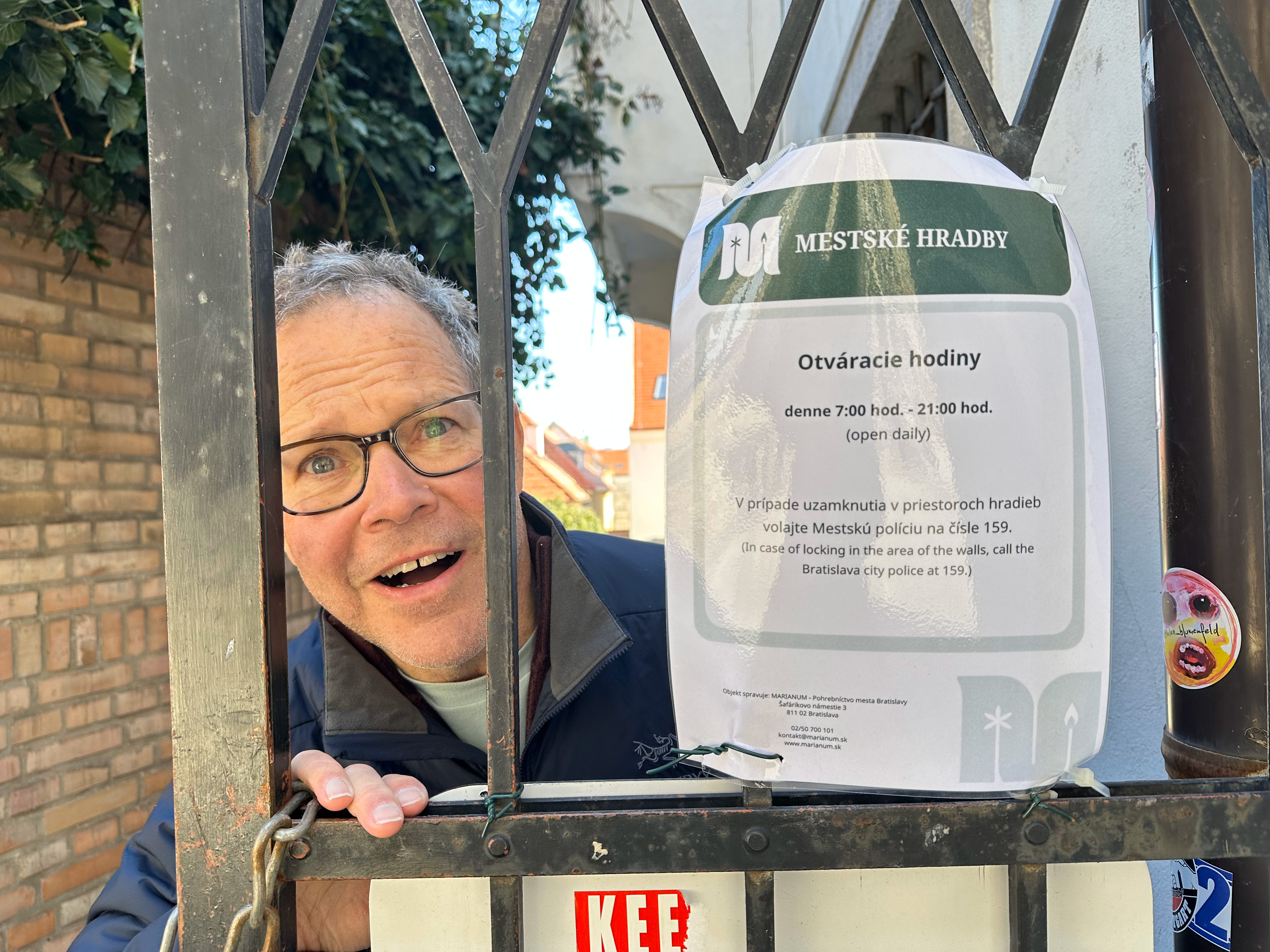BRATISLAVA, SLOVAKIA
Nazis took over Czechoslovakia during World War II, and the Soviets occupied immediately thereafter. The country suffered under communism until the Soviet Union fell in 1989. Then in 1992, Czechoslovakia had a peaceful separation to divide into the countries of Czech Republic and Slovakia.
Some of my relatives have visited Grandma Aloise’s hometown in eastern Czech Republic before, but as far as I know, we are the first of Grandpa Edward’s ancestors to return to his birthplace in Slovakia. Edward’s village, Lozorno, has just 3,000 residents and is only a few minutes drive from Bratislava, where we decided to stay.
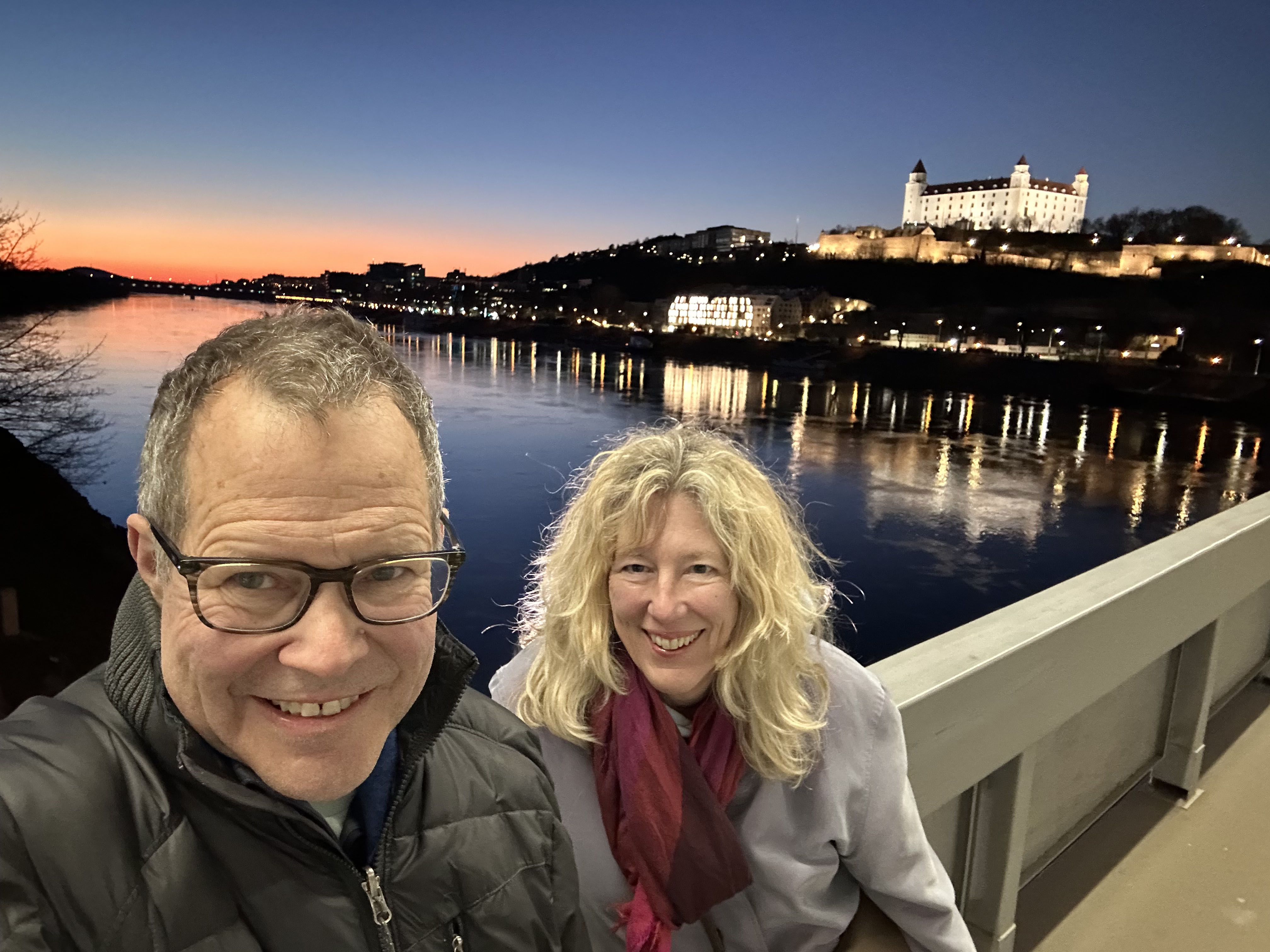
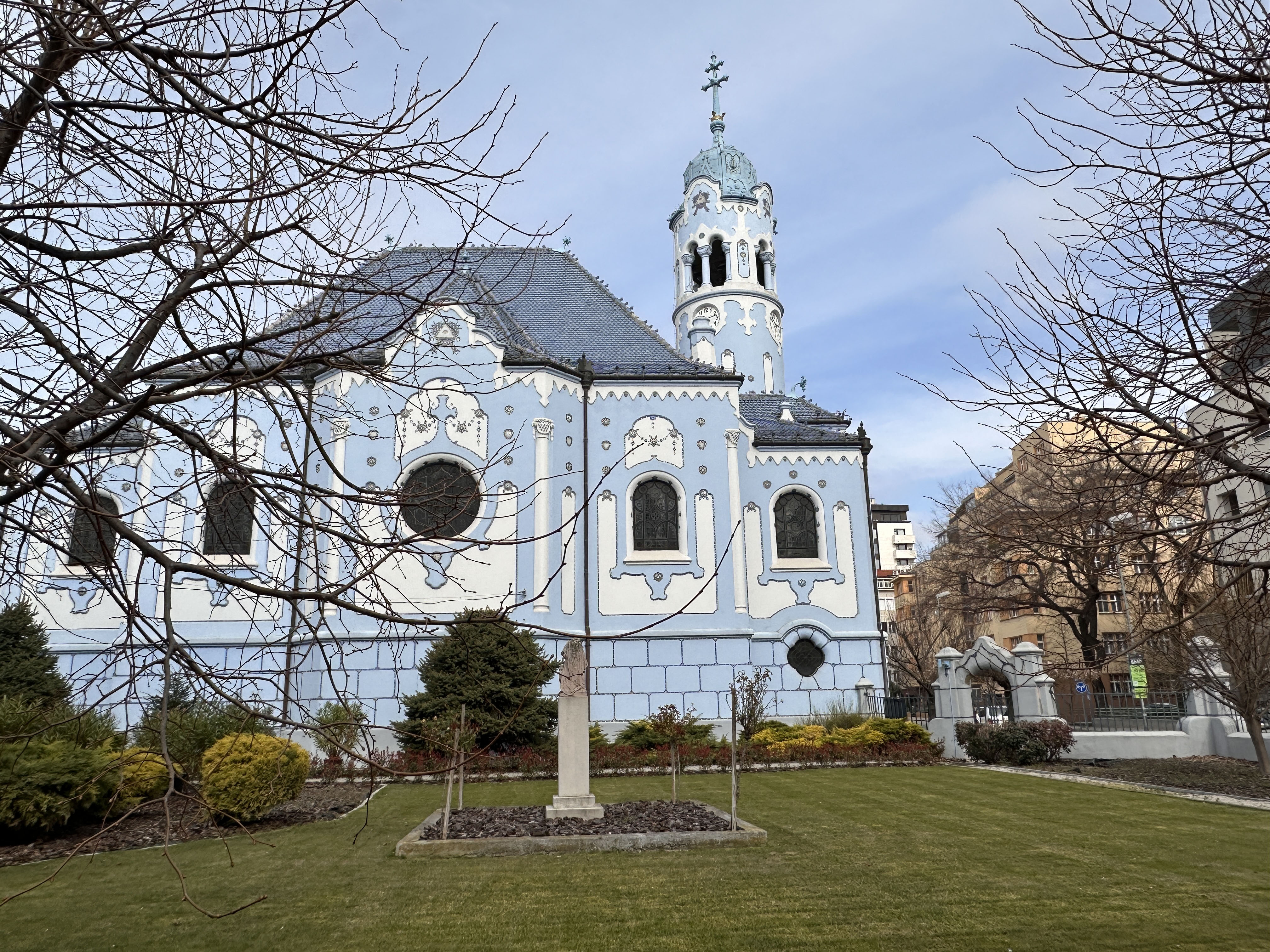
Coconuts
We checked into our Bratislava hotel and after nap time, Jim decided to venture out on his own for some beverages and snacks for our room. He found a grocery store and a challenge—locating a candy bar for me. In Vienna, I’d spotted the familiar blue and white packaging of a chocolate/coconut bar and figured Jim could easily find it here. He hunted around the store and asked for help but nobody spoke any English.
Finally he pulled up a photo on his phone of a giant coconut. Somehow that didn’t help. Three women stared at it, confused, shaking their heads.
When Jim returned to the hotel, I did a quick internet search of “chocolate and coconut candy bars” and voila, Bounty bars! He asked me to forward him a photo of Bounty bars so he can go take it to the same store tomorrow and show the ladies.
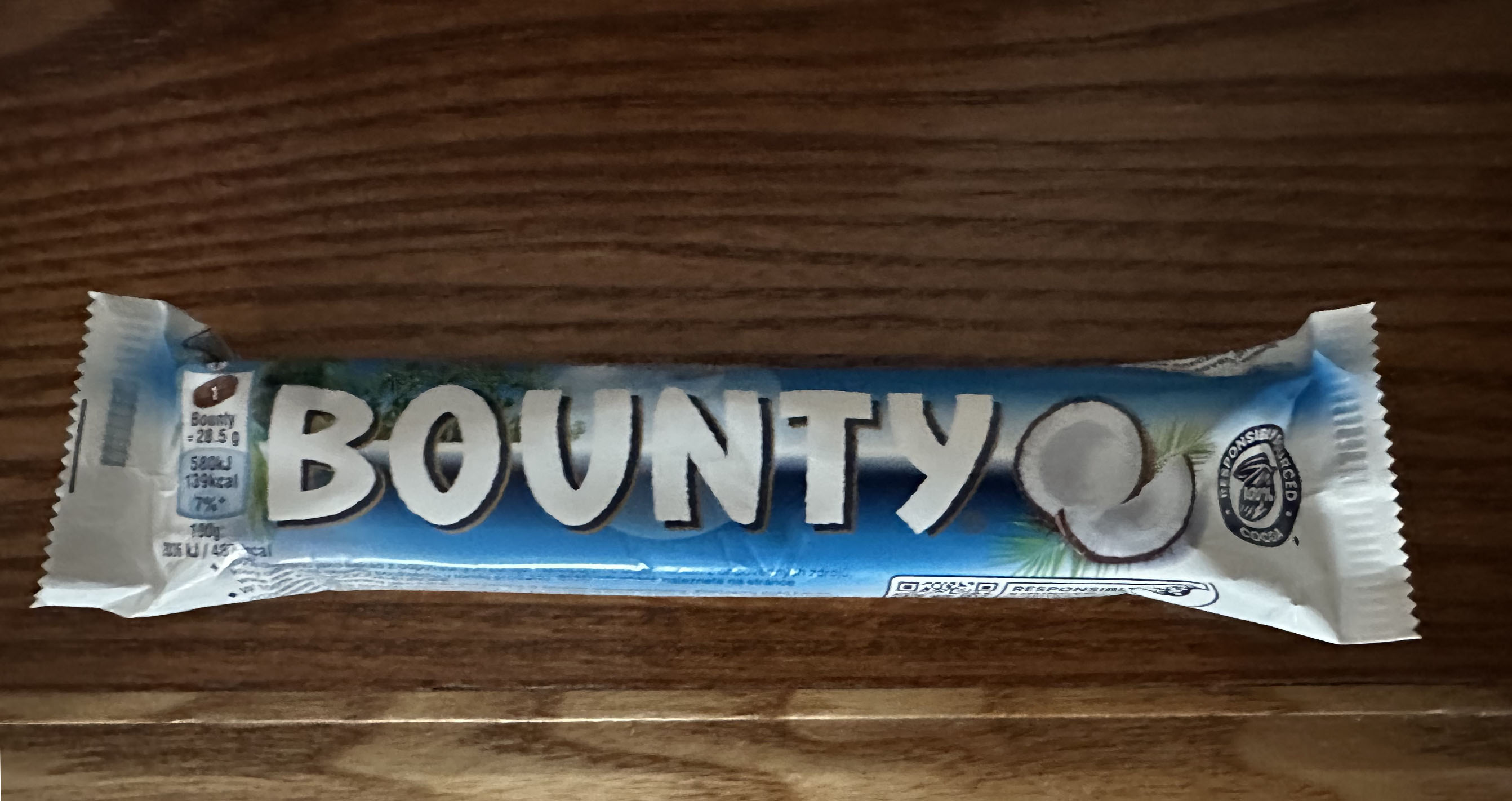
Town Folk
We toured the City Town Museum and the adjoining noble’s palaces where the guide ladies spoke almost no English and resembled one another. Jim says maybe they’re the same woman that got assigned to us and follows us around town. She is nice, cheerful and as helpful as can be, given the language barrier.
Afterwards, a fatigued Jim suggested a coffee and cake break at the Konditorei listed in Rick Steves’s book. The interior was sumptuous and they used elegant china and glassware. Jim’s wine goblet looked like one a priest might employ during Mass. I ordered coconut cake in honor of Jim’s grocery attempt yesterday and snuck a taste of his chocolate torte for full Bounty effect.
Our waiter hailed from near Lozorno and was interested in our story and journey there tomorrow. I asked him if Aloise would have understand Edward with his Slovak dialect and her Czech. Waiter said the languages were very close and it wouldn’t have been a problem. Plus, I remembered, Edward was multi-lingual.
In between coconut bites, I looked out our window and pictured Edward strolling these very streets of Bratislava.


Nazi Reminders and Communist Relics
After coffee and cake, we visited the city’s cathedral and Holocaust memorial. In Slovakia, some 90,000 Jews got deported to concentration camps and over 80,000 of them died.
Jim needed another nap.
We then visited Bratislava’s flying saucer-topped bridge, an artifact from Bratislava’s era of Soviet occupation. Locals hated this UFO-looking capsule from 1968 but have since embraced it since in an ironic way. From the UFO’s viewpoint, we could identify Hungary eleven miles to the south and Austria three miles west.
How frustrating it must have been for the Slovaks to see with their own eyes the freedom of Austria, yet impossible to reach. The communists ruled by fear and intimidation and kept Slovakia surrounded by barbed wire fencing with armed guards constantly at watch. Attempting an illegal crossing would likely get you killed. They were trapped.
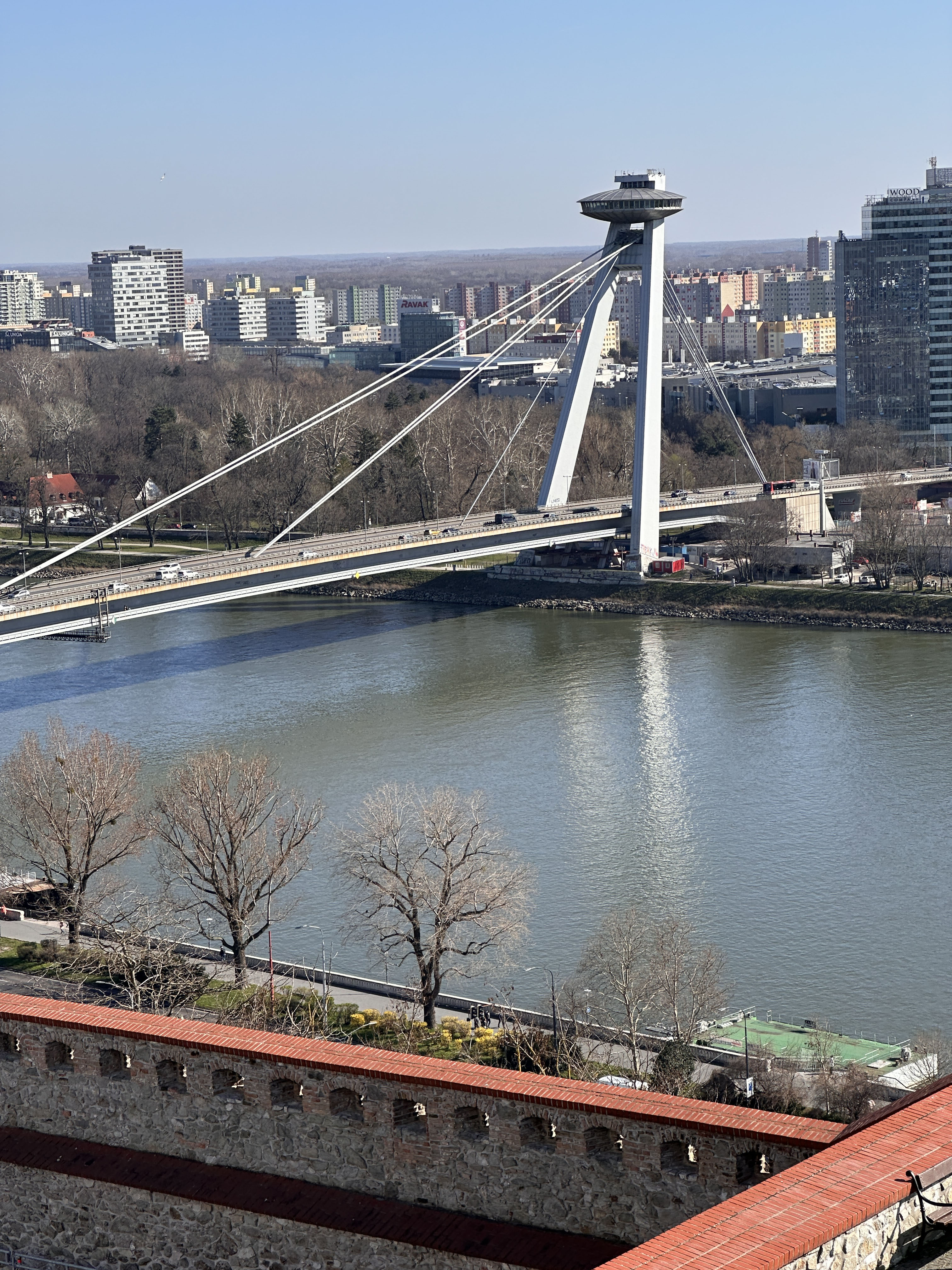
Lozorno
Red letter day—our visit to my great-grandfather Edward's hometown of Lozorno! We saw no English signage along the highway or on the streets of town. Our Uber driver dropped us off at Edward’s church, St. Catherine of Alexandria. This small, well-kept congregation has anchored Lozorno since 1629.
We knocked on the church door, but Father Vladimir Sabo wasn’t in. I’d e-mailed him a month earlier about our family origins, and the next day he sent me a photo of Edward’s hand-written baptismal record. We noticed that Edward’s birthdate was fifteen days earlier from what everyone had always believed, including Edward. But Father Sabo’s church record in Lozorno may be correct, having been made contemporaneously.
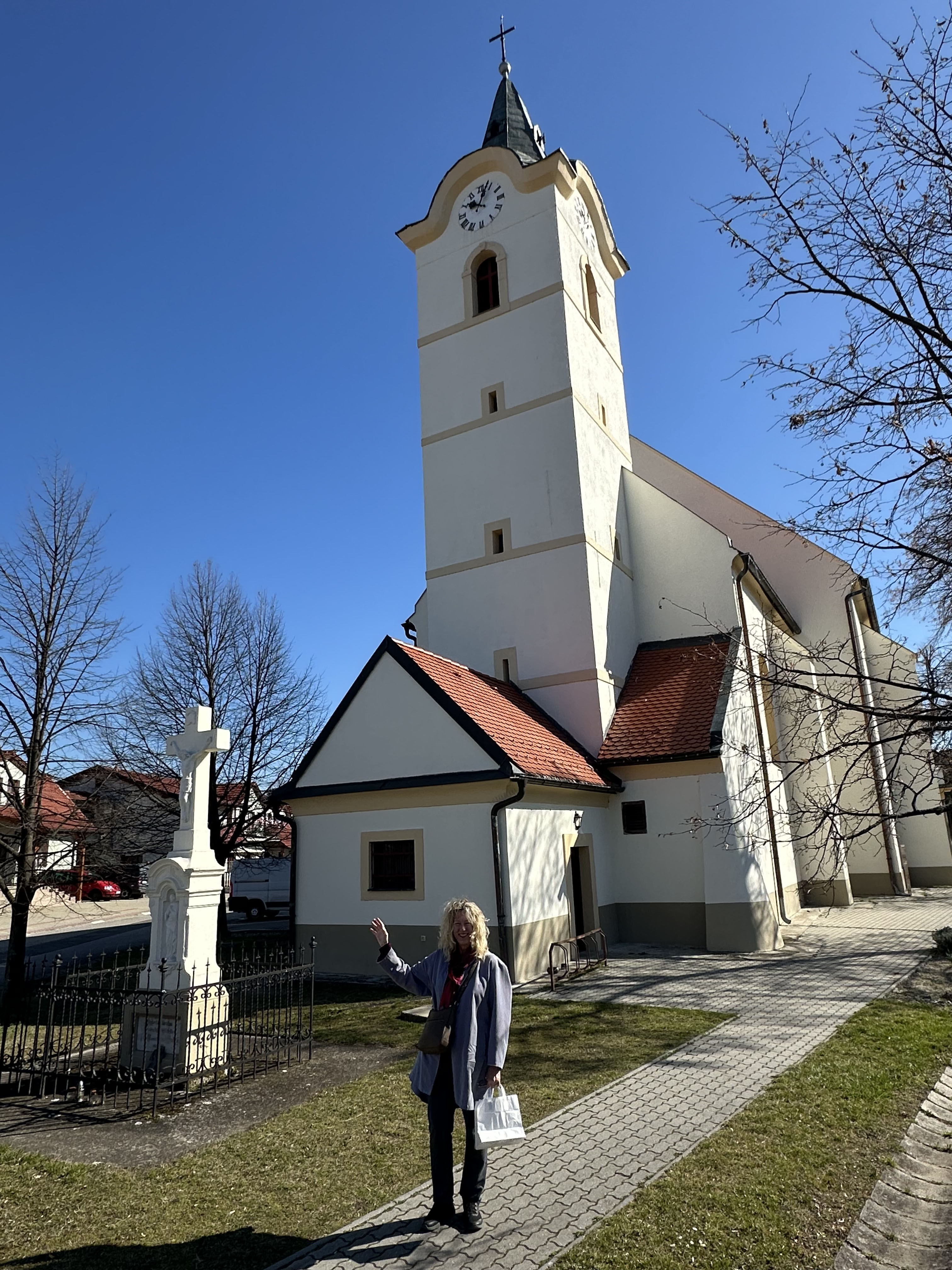

Father Sabo didn’t write anything else to me, perhaps because he didn’t speak English. I thanked him for the photocopies and said we planned to come by the church at 11 AM on this particular day. I said we’d love to see him if he were there, but no problem if not.
Our Annie has done her own genealogical research about Edward and Lozorno. She noted that the town has a host people who share Edward’s last name of Hriza (or derivatives thereof.) I wrote Father Sabo that if he knew of any English-speaking Hrizas, we’d love to take a couple of them to lunch, but we never heard back.
Next to the church, a WWI memorial statue had carvings of too-many names of local fallen, including a possible relative who died in 1914. Edward was smart to leave when he did.
We rambled around town, imagining that one of the houses we passed might have been Edward’s. Most homes appeared modest and compact, but a few had cute and colorful decor, delivering bursts of creativity to the village. From atop the bluff, we watched windmills spin in Austria.
Jim noticed a neighbor woman giving us the skank eye. Certainly we looked suspicious; I doubt they find many Americans loitering around their village.
The majority of houses had good-sized fenced gardens and what seemed an excessive amount of security for such a quiet town: locked gates, privacy barriers, intimidating guard dogs. We remembered how after WWII, the communists confiscated vast tracts of land from farmers. Perhaps that impacted villagers’ concept of property ownership and protection and makes them more territorial today?

We found our Zorno restaurant inside the community hall, where to our relief, the young waitstaff spoke sufficient English. They offered the special of the day, printed out for the week. We had our choice of beef or cabbage soup and one of three entrees. Jim and I both chose the chicken with rice and stuffing. (You get both rice and stuffing, not either/or.)
All tasted delicious, especially the soup and rice. We liked the chicken but it didn’t have a ton of meat on the bone, reminding us both of our first meal in Paris where we ordered a piece of organic chicken “from the farm” to share and got little to eat.
We had time to kill before our return to Bratislava so we checked out the village grocery store. A few euros still rattled our pockets so we went in search of Lozorno souvenirs.
Turns out there’s no such thing as a Lozorno souvenir, but the grocery did feature a glorious display of garden seed packets in the vestibule. They had a decent selection of meats and a small bakery section, but the produce section looked pretty sorry with a handful of baskets holding marginal tomatoes and potatoes and a smattering of other perishables. We settled on a Red Bull for Jim and a Bounty bar for me.
I tried asking the two clerks, older Slavic ladies who resembled each other, if I could take a photo of the store. They didn’t understand me until I resorted to pantomime. “Ah, no,” one said, finally grasping my request. “Is verboten.”
I looked at the wall with its humble selection of newspapers. The most prominent one? The Russian-sounding “Pravda.”

Bratislava Under Communism
I asked our hotel waiter Tomas about the building’s history. He explained it had been rebuilt after an accidental bombing by the Americans during WWII, but Slovakia wasn’t mad about it since they supported the Allies. Then the Nazis took over the country and they could do little about it. After the war, the communists took and retained control until 1989.
I did some research about life for Slovakians under communism. Particularly I wondered why people here seemed more reserved than I’d expected. It occurred to me that it might have something to do with four decades of communist culture, one which discouraged trust of strangers.
During their occupation, the communists plotted to get Slovakians to betray each other to authorities. They manufactured tests to make sure people reported one another, including family members. Most Slovakians still hate communism and find it bizarre that people in other parts of the world voluntarily flirt with the idea. It gave them generations of heartache that they’re still recovering from.
I asked waiter Tomas if the hotel gets many English-speaking guests, and he said no, mostly Slovaks, then English, then a few Spanish-speakers. I complimented him on his English and asked if they taught it in school. He said students are given the option of learning German or English. “Most take English,” he said. “After the Soviets left, students no longer were required to learn Russian. So they didn’t.”